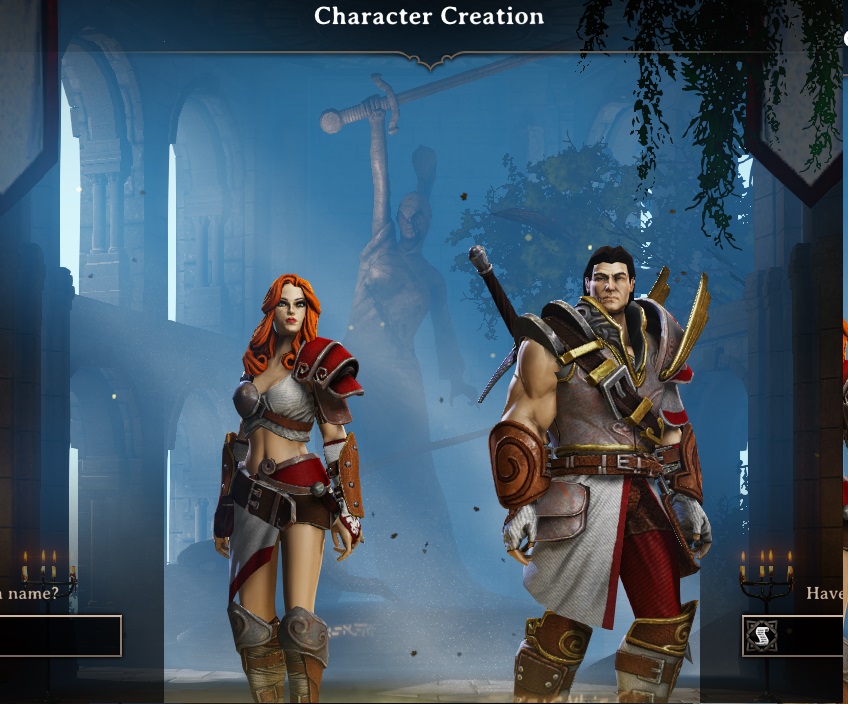


They did experiment with having it so NPCs remember the player, but this was apparently game-breaking in places. One example they gave was of a small kid who would run away from an undead Lizardfolk, only to approach and talk openly when he put on the face of an Elf. Certainly from a dialogue perspective, taking the face of an enemy will edit the race and gender tags, meaning people will see you differently as a result, potentially allowing you to reach parts of the game that you wouldn’t otherwise see.

Upon describing this boss to the PR contact from Larian, he essentially confirmed that this is how the heads work in Divinity: Original Sin 2. Upon their head falling, the head of an old man attaches to grant it magic powers, only to be followed by a lizard head that allows it to stick to walls and lash at you with its tongue. This monster initially takes the form of a noble woman, who tries to stab you with her knife. The second was that it reminded me of the Headhunter boss in Castlevania: Aria of Sorrow. The first was that I had watched too much Game of Thrones. Since Source was a forbidden art in the first game, it only makes sense for it to play a major role in the second and do some really crazy and terrifying things in this worldĪt this point, two things sprung to mind.

This item uses Source as well as the head of a fallen enemy in order to create a device that allows your character to change race. I was also shown the crafting system in order to demonstrate how to craft a rather specific item. It doesn’t stop at just undead variants, however. There is a pre-made undead character in the game, but you can also make undead variants of the four other races – Humans, Elves, Dwarves, and Lizardfolk. This leads me nicely into something they have been teasing for a while: the undead.


 0 kommentar(er)
0 kommentar(er)
